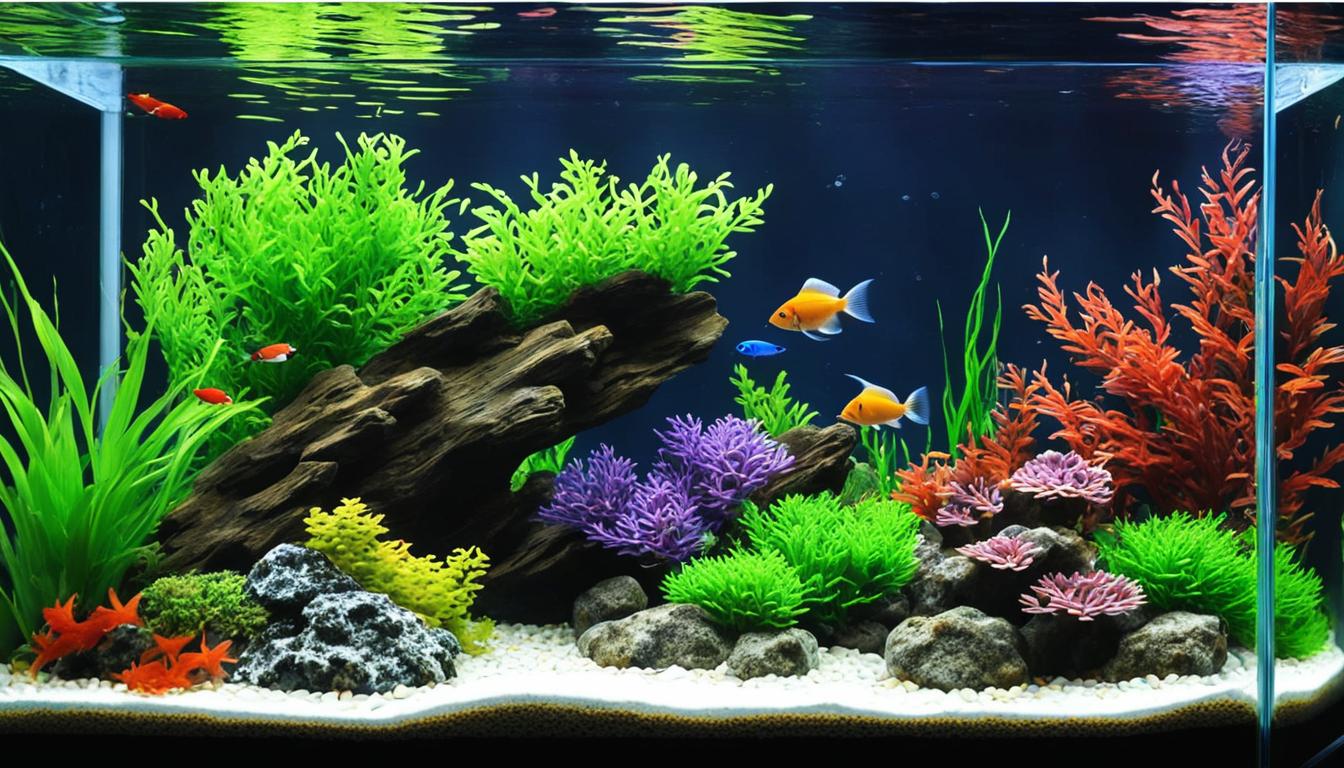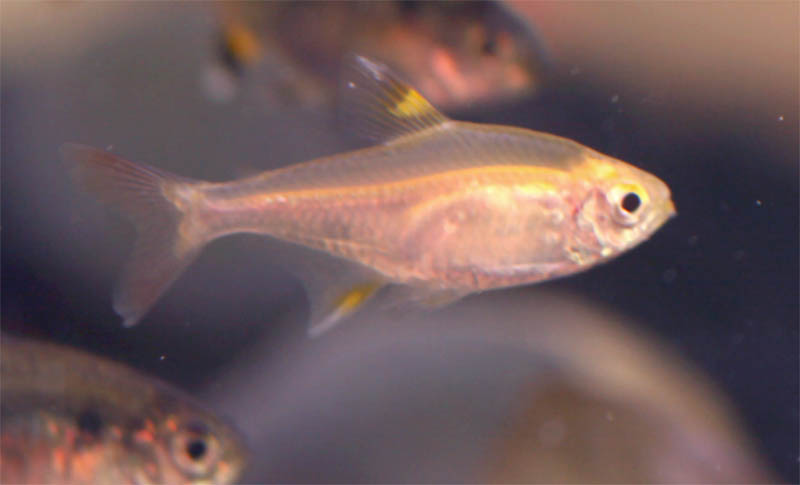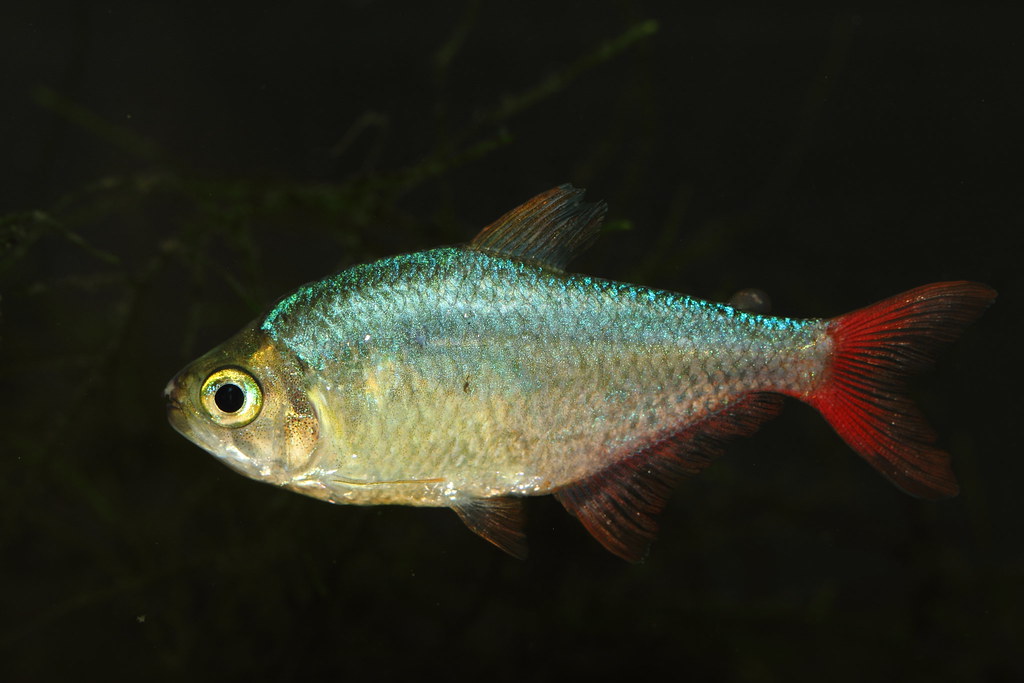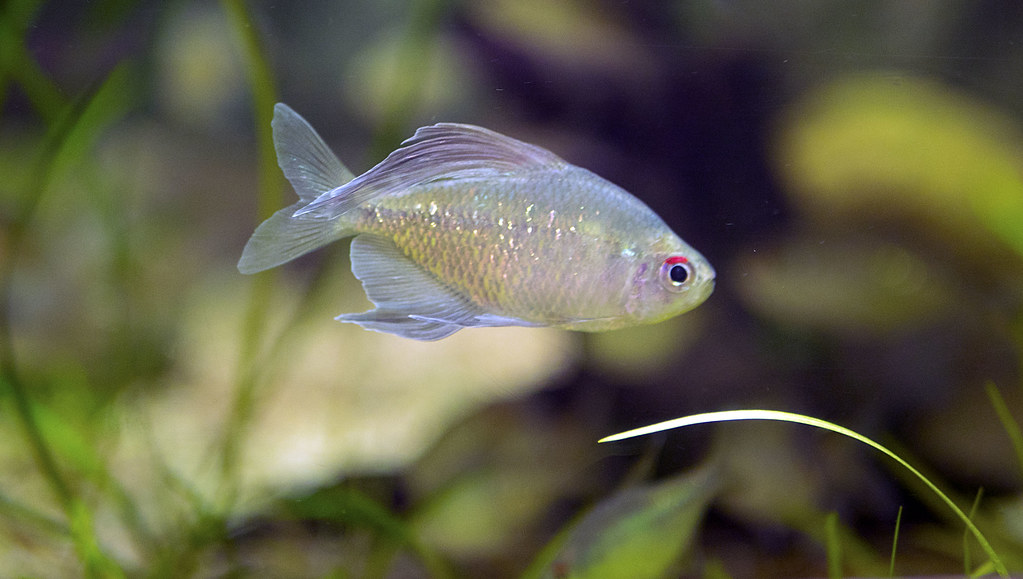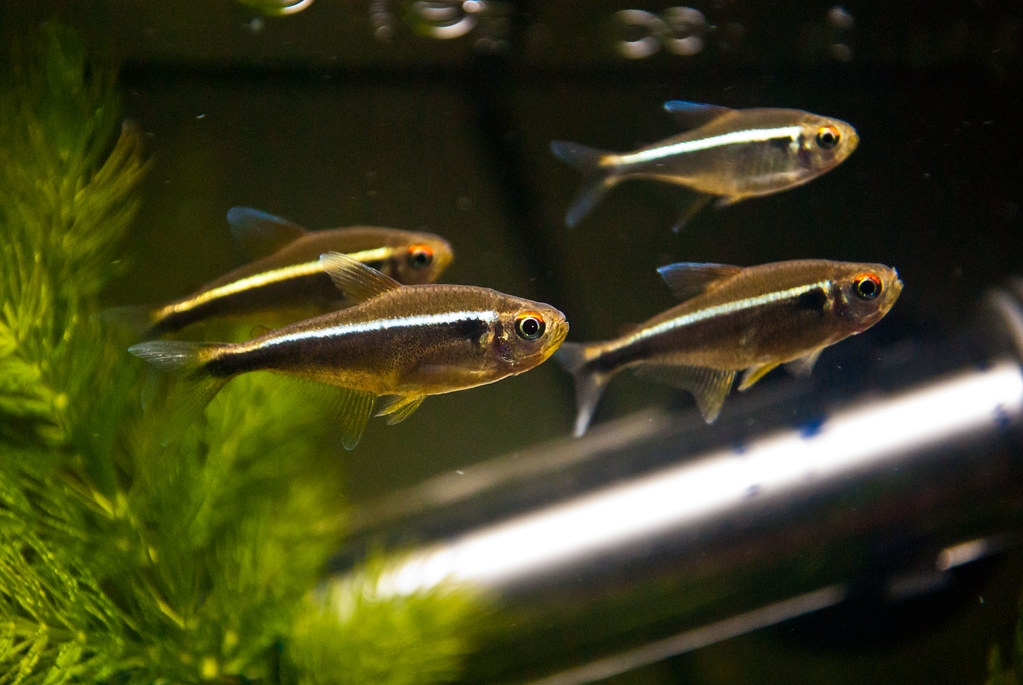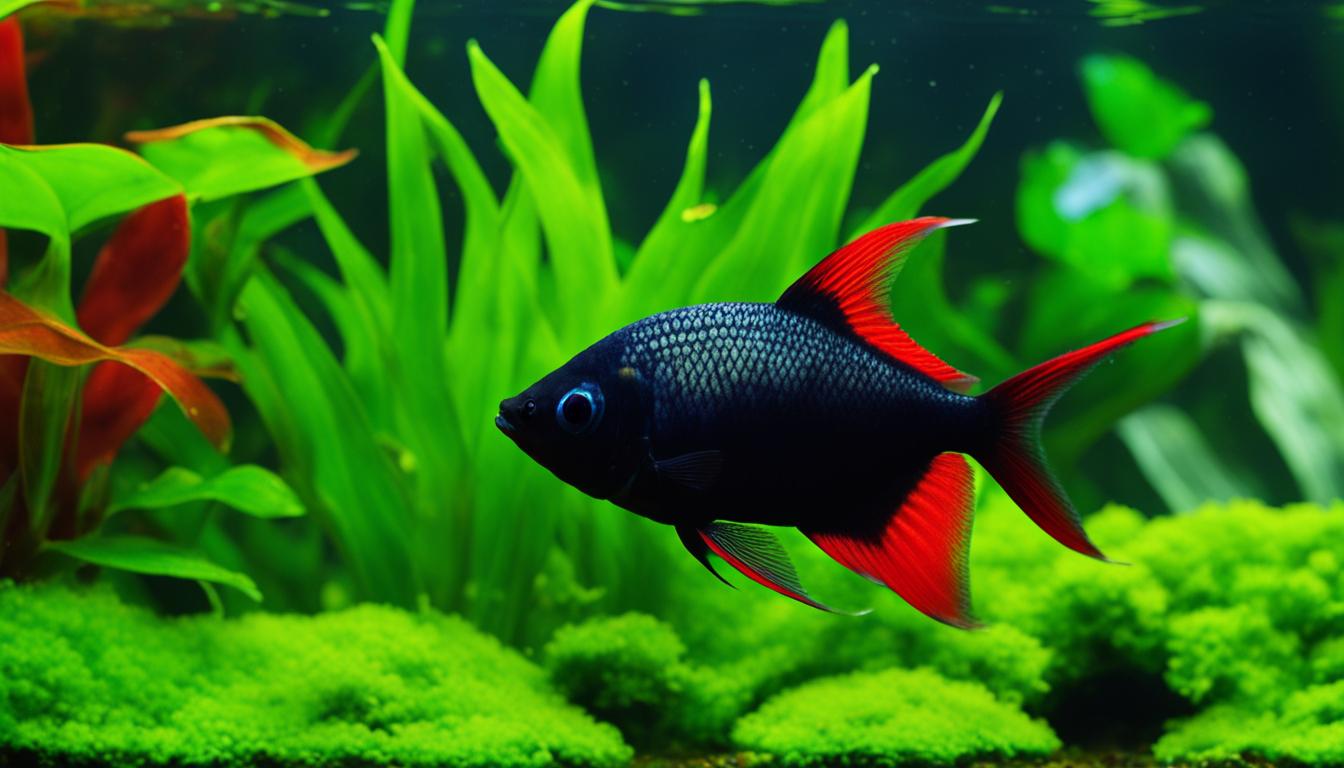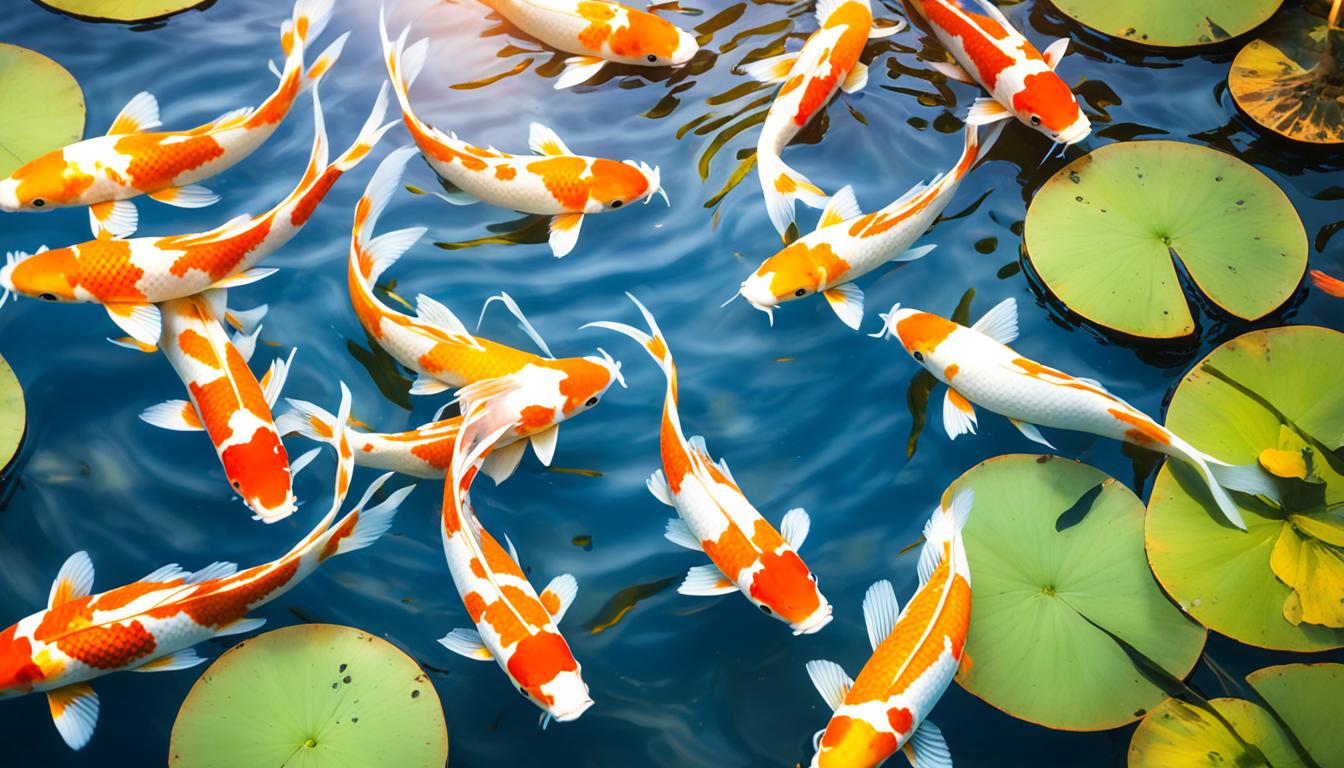Setting up an aquarium can be an exciting adventure, but it’s important to understand the necessary equipment to ensure a successful and thriving aquatic environment. Whether you’re a complete beginner or have dabbled in fishkeeping before, this comprehensive checklist of essential aquarium equipment for beginners will help you get started on the right foot.
From choosing the right aquarium and filtration system to heating and lighting equipment, water quality testing and maintenance tools, decorations and substrate, all the way to setting up the aquarium and adding fish, we’ve got you covered. By following this checklist, you’ll have everything you need to create a beautiful and healthy aquarium for your aquatic pets.
- Setting up an aquarium requires a variety of equipment to create a suitable environment for fish.
- Choose an aquarium that fits your available space and invest in a reliable filtration system to maintain water quality.
- Heating and lighting equipment are crucial for maintaining the optimal temperature and promoting the growth of live plants.
- Regular water quality testing and maintenance tasks such as water changes and substrate cleaning are essential for the well-being of fish.
- Use appropriate tools such as algae scrubbers and siphon tools to keep the aquarium clean and tidy.
Table of Contents
Aquarium Equipment for Beginners: Choosing the Right Aquarium
When it comes to setting up an aquarium, choosing the right tank is a crucial first step. Your aquarium should not only provide a safe and comfortable habitat for your fish but also fit seamlessly into your home or office space. As a beginner, it’s important to consider factors such as size, material, and maintenance requirements when selecting your aquarium.
Size and Space
The size of your aquarium plays a significant role in the well-being of your fish. Larger tanks provide more swimming space and offer a more stable environment. They also allow for a greater variety of fish species and provide room for decorations and plants. However, it’s essential to ensure that your chosen tank can be properly supported by the location you have in mind.
“Start with the biggest tank you can afford and accommodate in your space. It’s easier to maintain stable water conditions in larger tanks, making it more forgiving for beginners.” – Jane Smith, Aquarist
Glass Tanks versus Acrylic Tanks
When it comes to the material of your aquarium, you have two primary options: glass tanks and acrylic tanks. Both have their advantages and it ultimately depends on your personal preference and budget.
Glass Tanks: Glass tanks are the more traditional option and offer excellent clarity. They are scratch-resistant and do not discolor over time. Glass is also a relatively affordable material, making it a popular choice for beginners.
Acrylic Tanks: Acrylic tanks are lighter and more impact-resistant than glass tanks. They provide better insulation and are less prone to leakage. Acrylic tanks also offer a wider range of shapes and designs, allowing for more creativity and customization.
Whether you choose a glass tank or an acrylic tank, it’s important to ensure that it is properly sealed and has a sturdy stand to support its weight.
Pros and Cons of Glass and Acrylic Tanks
| Criteria | Glass Tanks | Acrylic Tanks |
|---|---|---|
| Clarity | Excellent | Very good |
| Scratch Resistance | Good | More susceptible to scratching |
| Impact Resistance | Fair | Excellent |
| Insulation | Poor | Excellent |
| Customization Options | Limited | Wide range of shapes and designs |
| Price | Affordable | Generally more expensive |
Remember, the most important aspect of choosing an aquarium is to ensure it provides a suitable environment for your fish to thrive. Take into account the size and space available, as well as the material that best suits your needs. By carefully selecting the right aquarium, you’ll be one step closer to creating a beautiful and healthy aquatic environment.
Selecting the Right Filtration System
A reliable filtration system is crucial for maintaining water quality and keeping fish healthy. As a beginner, it’s important to choose the best aquarium filters that are both effective and easy to use. One highly recommended option is power filters with a bio wheel system. These filters provide mechanical, chemical, and biological filtration, ensuring that harmful waste and toxins are removed from the water.
When selecting a power filter, consider the appropriate size for your tank. The filter should have a flow rate that filters the entire tank volume at least four times per hour. This ensures optimal water circulation and filtration. Additionally, look for filters that are specifically designed to be beginner-friendly, with easy installation and maintenance.
Comparison of Power Filters
| Filter Brand | Features | Tank Size | Flow Rate | Price |
|---|---|---|---|---|
| Aqueon QuietFlow LED PRO | Quiet operation, LED light indicator, easy cartridge changes | 10-75 gallons | 100-400 GPH | $30-$60 |
| Tetra Whisper EX Power Filter | Easy two-piece assembly, filter cartridges with activated carbon | 10-70 gallons | 160-350 GPH | $20-$40 |
| Fluval C Power Filter | Adjustable flow control, 5-stage filtration, self-priming pump | 10-70 gallons | 119-264 GPH | $50-$80 |
Another filtration option to consider for larger tanks is the canister filter. Canister filters provide powerful filtration and are suitable for tanks with higher fish populations or larger species. They offer multiple filtration stages and are known for their efficiency in removing debris and maintaining water clarity. Canister filters are generally easy to set up and maintain, making them a good choice for beginners with larger tanks.
Choosing the right filtration system is crucial for the overall health and well-being of your aquarium inhabitants. Remember to regularly maintain and clean your filter according to the manufacturer’s instructions to ensure its optimal performance.
Essential Heating and Lighting Equipment
Ensuring the right conditions for your fish species is crucial for their health and well-being. To maintain the desired temperature in your aquarium, you’ll need a reliable heater. An adjustable submersible heater is a popular choice for beginners, as it allows you to easily regulate the temperature. The wattage of the heater should be determined based on the size of your tank and the room temperature.
Proper lighting is not only important for aesthetics but also for the health of live plants in your aquarium. For beginners, fluorescent lights are a practical option. They provide sufficient lighting and are easy to maintain. However, if you’re looking for energy-efficient lighting that offers excellent illumination, LED lights are a great choice. They are long-lasting and can enhance the beauty of your aquarium.
Remember, different fish species have specific lighting requirements, so it’s essential to research and provide the appropriate lighting for your particular fish.
Recommended Aquarium Heaters
| Brand | Type | Tank Size | Wattage |
|---|---|---|---|
| Tetra | Submersible Heater | Up to 30 gallons | 100 watts |
| Eheim | Submersible Heater | 30-55 gallons | 150 watts |
| Fluval | Submersible Heater | 55-100 gallons | 200 watts |
These are just a few examples of reliable aquarium heaters available on the market. Remember to choose a heater that suits your tank size and provides the necessary wattage to maintain the desired temperature. Always carefully read and follow the manufacturer’s instructions for installation and operation.
Tip: Keep a thermometer in your aquarium to monitor the water temperature regularly. This allows you to make any necessary adjustments to your heater settings to ensure a stable and comfortable environment for your fish.
Water Quality Testing and Maintenance
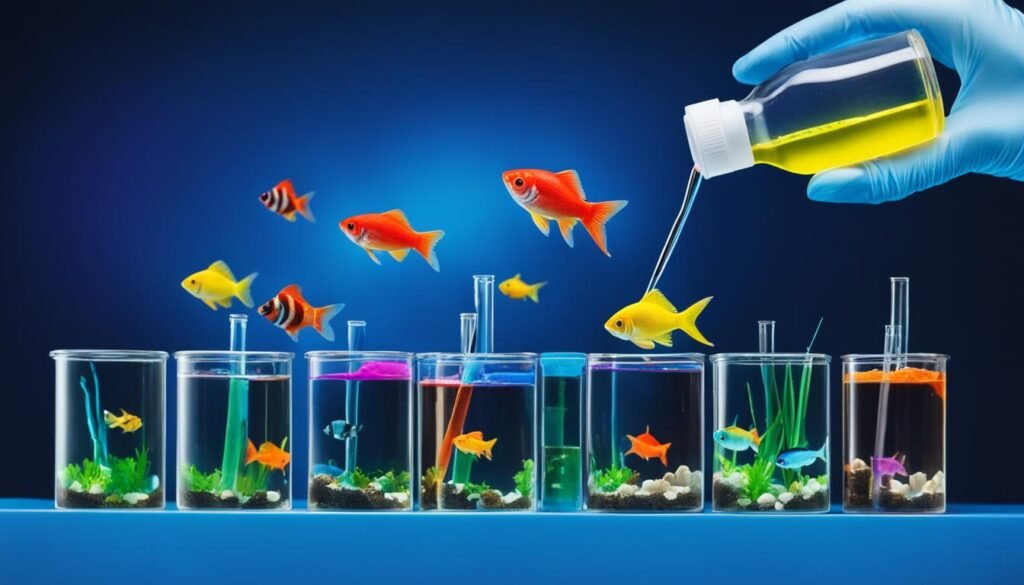
Ensuring the water quality in your aquarium is crucial for the well-being of your fish. Regular testing and maintenance are essential to create a healthy and thriving aquatic environment. Here are some key steps and tools to help beginners with fish tank maintenance.
Water Quality Testing
Testing the water parameters is the first step in maintaining a healthy aquarium. Beginners should invest in a reliable aquarium water test kit that includes tests for ammonia, nitrite, and pH levels. These three parameters directly impact the health of your fish.
In addition to the basic tests, there are other water parameters that you may want to monitor:
- Nitrate levels: Excessive nitrate can harm fish. Regular testing helps you manage the levels effectively.
- Hardness and alkalinity: These parameters affect the stability of the water and the well-being of your fish.
- Chlorine: If you use tap water for your aquarium, it’s important to test for chlorine and use a water conditioner to remove it.
By regularly testing these parameters, you can identify any issues early and take appropriate actions to maintain a healthy and stable environment for your fish.
Regular Maintenance Tasks
In addition to water testing, regular maintenance tasks are necessary to keep your aquarium clean and balanced.
Water changes: Regular partial water changes are important to remove accumulated toxins and replenish essential minerals in the water. Aim for a 25% to 50% water change every two to four weeks, depending on the size of your tank and the number of fish.
Substrate cleaning: Over time, debris can accumulate in the substrate, leading to poor water quality. Using a gravel vacuum makes substrate cleaning easier by removing waste without disturbing the beneficial bacteria in the tank.
Water conditioners: When performing water changes or adding tap water to your aquarium, use a water conditioner to neutralize chlorine and other harmful chemicals. This protects your fish from potential harm and helps maintain a healthy ecosystem.
Regular testing and maintenance are key to preventing common issues like high ammonia or nitrite levels that can be harmful to your fish. By following these steps, beginners can ensure a safe and thriving habitat for their aquatic pets.
| Water Parameter | Acceptable Range | Testing Frequency |
|---|---|---|
| Ammonia | 0 ppm | Weekly |
| Nitrite | 0 ppm | Weekly |
| pH | 6.5-7.5 | Weekly |
| Nitrate | Monthly | |
| Hardness | 5-20 dH | Monthly |
| Alkalinity | 80-120 ppm | Monthly |
| Chlorine | 0 ppm | When adding tap water |
Cleaning and Maintenance Tools
Keeping your aquarium clean and free from algae is essential for the health and well-being of your fish. To make the cleaning process easier, there are a few easy-to-use aquarium equipment tools that every beginner should have in their arsenal.
1. Algae Scrubber
An algae scrubber is a must-have tool for removing algae from the glass surfaces of your aquarium. It helps to maintain the aesthetic appeal of your tank and ensures optimal light penetration for the plants and fish. Simply scrub the algae with gentle strokes using the algae scrubber, and watch as your glass becomes crystal clear.
2. Siphon Tools
Vacuuming the substrate and performing water changes are essential maintenance tasks. Siphon tools make these tasks easier and more efficient. By using a siphon tube, you can easily remove debris and waste from the gravel without disturbing your fish or plants. Additionally, siphon tools allow you to perform regular water changes, which help maintain proper water parameters.
3. Dedicated Water Bucket
Having a dedicated water bucket labeled for aquarium use only is another important aspect of maintaining cleanliness. Use this bucket exclusively for aquarium-related tasks, such as water changes and rinsing filter media. This helps prevent cross-contamination and ensures that no harmful chemicals or residues from cleaning products are introduced to your aquarium.
With these easy-to-use aquarium equipment tools, you can keep your aquarium clean, algae-free, and maintain a healthy environment for your fish and plants.
Decorations and Substrate
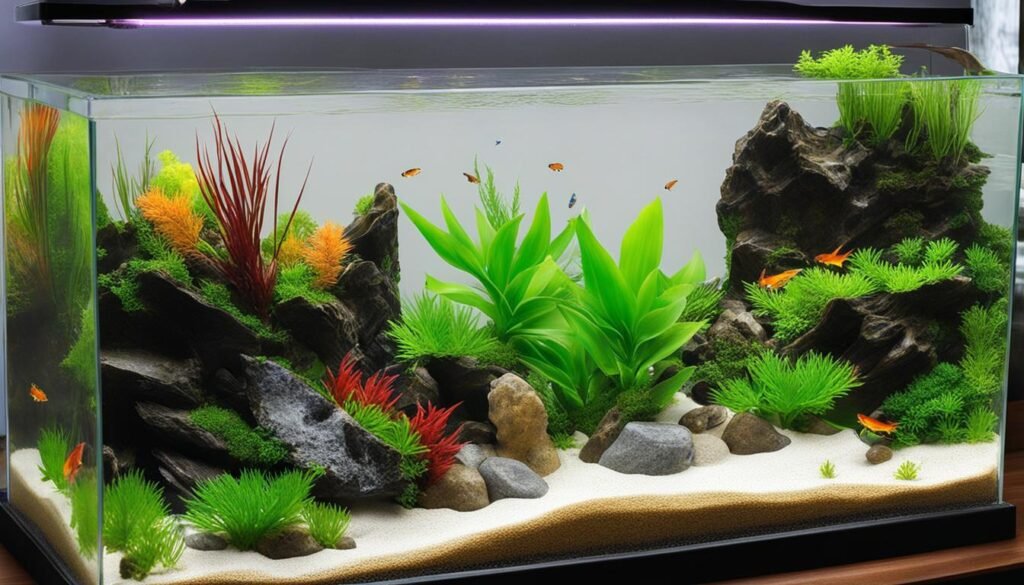
Creating a visually appealing environment in your fish tank is not only enjoyable for you, but also essential for the well-being of your fish. Decorations and substrate play a vital role in beautifying the aquarium and providing a sense of comfort and security for your aquatic pets.
When selecting fish tank accessories, it’s crucial to prioritize the safety and happiness of your fish. Opt for decorations that are specifically designed for aquarium use and avoid adding any items that may harm or injure your fish. To ensure the decorations are free of any contaminants, it’s recommended to thoroughly rinse them before placing them in the tank.
Plants, both live and plastic, are fantastic additions to any aquarium. They not only enhance the aesthetic appeal of the tank but also provide hiding places for fish, reduce stress, and contribute to overall water quality. Live plants offer a more natural look and help to oxygenate the water, while plastic plants are low maintenance and come in various shapes and colors for added visual interest.
Substrate, or the material covering the tank bottom, is an integral part of the aquarium setup. It not only enhances the appearance of the tank but also serves as a natural habitat for beneficial bacteria and essential microorganisms. When choosing substrate, opt for small, smooth, dark-colored gravel that complements the overall visual theme of your aquarium. Prior to use, make sure to rinse the gravel thoroughly to remove any dust or debris.
Affordable Fish Tank Decorations
Creating a stunning underwater landscape doesn’t have to break the bank. There are plenty of affordable fish tank decorations available that can transform your aquarium into a captivating haven for your fish. Here are some budget-friendly options to consider:
- Artificial rock formations: These lightweight and realistic decorations provide hiding spots and visual interest.
- Ceramic ornaments: Decorative ceramic pieces, such as caves or mermaids, add charm to your tank without compromising your budget.
- Driftwood: A piece of driftwood can create a natural and rustic look in your aquarium while also serving as a playground for your fish.
- Plastic coral: Colorful plastic corals are a vibrant addition to any tank and offer a whimsical touch.
| Decorations | Price Range |
|---|---|
| Artificial rock formations | $10 – $30 |
| Ceramic ornaments | $5 – $20 |
| Driftwood | $10 – $40 |
| Plastic coral | $5 – $15 |
“By incorporating affordable fish tank decorations, you can create a captivating aquatic environment that both you and your fish will love!”
Setting up the Aquarium and Adding Fish
Now that all the necessary equipment is prepared, it’s time to set up your beginner fish tank. Follow these recommended steps for a successful fish tank setup:
- Start by preparing the tank. Clean the tank and rinse it thoroughly with water before setting it up.
- Add a layer of substrate to the bottom of the tank. Choose small, smooth, dark-colored gravel that is rinsed beforehand.
- Fill the tank with conditioned water. Use a water conditioner to remove chlorine and other harmful substances from tap water.
- Add decorations and plants to create a natural and visually appealing environment for your fish. Make sure to choose decorations that are safe for fish and rinse them well before placing them in the tank.
- Install the heater and set it to the desired temperature for your fish species. An adjustable submersible heater is recommended for beginners.
- Install the filtration system. Choose a power filter with a bio wheel system or a canister filter for larger tanks. Make sure the filter size is appropriate for your tank size.
- Place the lighting system on top of the tank. Fluorescent lights are beginner-friendly, while LED lights are energy-efficient and provide excellent lighting.
- Allow the tank to cycle. Cycling involves establishing a healthy ecosystem in the tank by allowing beneficial bacteria to develop. This process usually takes a few weeks.
- Once the tank is fully cycled and the water parameters are stable, you can start adding fish. Research the specific needs of the fish species you’ve chosen and introduce them gradually to prevent stress or overcrowding.
Remember, the health and well-being of your fish should always be a top priority. Monitor the water parameters regularly and perform routine maintenance tasks such as water changes and substrate cleaning to keep your aquarium clean and your fish happy.
In the next section, we’ll explore a few must-have aquarium accessories to enhance your fishkeeping experience.
Beginner Fish Tank Setup Checklist
| Equipment | Description |
|---|---|
| Aquarium | Choose a tank size suitable for your available space |
| Substrate | Small, smooth, dark-colored gravel |
| Water Conditioner | To remove chlorine and other harmful substances from tap water |
| Heater | Adjustable submersible heater to maintain desired temperature |
| Filtration System | Power filter with a bio wheel system or canister filter |
| Lighting | Fluorescent lights or LED lights for optimal lighting |
| Decorations | Safe and visually appealing decorations for the tank |
| Plants | Live or plastic plants to enhance the aquarium environment |
“Setting up an aquarium requires careful planning and attention to detail. By following the correct steps and providing a suitable environment for your fish, you’ll create a thriving aquatic habitat that you can enjoy for years to come.”
Conclusion
Setting up an aquarium can be an exciting and rewarding endeavor. With the right equipment, beginners can ensure a successful aquarium setup while prioritizing the health and well-being of their fish. Here are some must-have aquarium accessories that will enhance your aquatic environment:
- Aquarium Filter: Choose a reliable filtration system like a power filter with a bio wheel to maintain water quality.
- Heater and Thermometer: Keep your fish at the ideal temperature range with an adjustable submersible heater and a reliable thermometer.
- Quality Lighting: Provide proper lighting for aesthetic appeal and the health of live plants with fluorescent or LED lights.
- Water Test Kit: Regularly monitor and maintain water quality using a comprehensive water test kit.
- Cleaning Tools: Keep your aquarium clean with algae pads or scrubbers, siphon tools for water changes, and a dedicated water bucket.
- Decorations and Substrate: Create an appealing environment for your fish with safe and properly rinsed decorations, live or plastic plants, and small, smooth, dark-colored gravel as substrate.
By following this checklist of must-have aquarium accessories, beginners can create a thriving and vibrant underwater world for their fish. Remember to research the specific needs of your chosen fish species and provide them with a suitable habitat. With the right equipment and care, your aquarium will be a beautiful and healthy home for your aquatic pets!
FAQ
What should I consider when choosing an aquarium?
It’s important to consider the size and space available, as well as the type of material (glass or acrylic) that suits your needs.
What type of filtration system should I use?
Power filters with a bio wheel system or canister filters are highly recommended for beginners.
What equipment do I need for heating and lighting?
An adjustable submersible heater and fluorescent or LED lights are essential for maintaining the temperature and providing adequate lighting.
How can I test and maintain water quality?
Test kits for ammonia, nitrite, and pH are essential, and water conditioners should be used to dechlorinate tap water. Regular maintenance tasks such as water changes and substrate cleaning are also important.
What tools do I need for cleaning and maintenance?
Algae pads or scrubbers, siphon tools, and a dedicated water bucket labeled for aquarium use are necessary for keeping the aquarium clean and removing algae.
What decorations and substrate should I use?
Choose safe decorations and rinse them thoroughly before adding them to the tank. Opt for small, smooth, dark-colored gravel as substrate.
How do I set up the aquarium and introduce fish?
Follow the recommended steps for setting up the tank, allowing it to cycle before adding fish. Research the specific needs of the chosen fish species and introduce them gradually.
References
- International Federation of Online Clubs and Aquatic Societies (IFOCAS)
- Federation of British Aquatic Societies (FBAS)
- Northeast Council of Aquarium Societies (NEC)
- Federation of American Aquarium Societies (FAAS)
- Marine Aquarium Council (MAC)
Please also check other articles on this website like:
Master Breeding Techniques for Angelfish – A Guide for Hobbyists
Mastering Dwarf Puffer Fish Care: A Friendly Guide
Male or Female Betta? How to Tell – Your Ultimate Guide
Complete Guide to Plecostomus Tank Size: Tips and Advice
Simple Guide to Easy-to-Care-for Aquarium Plants
Discover the Diverse Corydoras Catfish Varieties- A Guide
Get to Know Various Types of Algae Eaters
Master Guide: Best Water Parameters for Goldfish Care 2023-24
Mastering Black Ghost Knife Fish Care: A Comprehensive Guide
Optimal pH Levels for Tropical Fish: Essential Aquarium Guide
Discovering Freshwater Snail Species: An In-depth Guide
Expert Tips for Breeding Guppies: Keys to Successful Fishkeeping
Discover Peaceful Community Fish: Your Guide to Calm Aquatics
Ultimate Guide to Live Food for Betta Fish — Healthy Choices
Complete Guide to Your Perfect Cichlid Tank Setup
Your Guide to the Best Substrate for Planted Aquariums
Essential Guide to Discus Fish Care: Help Your Pets Thrive!
Grow Your Own Eden: Beginner-Friendly Aquascaping Plants Guide
Perfect Neon Tetra Tank Mates: Guide to Aquarium Harmony
Product Review of Eheim Classic vs Professional
The Ultimate Guide to Discus Fish Care
What Fish Can Live With Discus?
Ideal pH for Discus Fish | Aquarium Water Guide
How to Sex Discus Fish?: A Simple Guide for Hobbyists
Complete Discus Fish Tank Setup Guide
Can Discus Fish Live With Angelfish? The Complete Guide
Discus Diet Guide: What Do Discus Fish Eat?
Are Discus Fish Hard to Keep? Insights & Tips.
Optimal Discus Fish Water Parameters Guide
Discus Fish Size Guide 2024: How Big Do Discus Fish Get?
Ultimate Million Fish Guppy Care Guide 2024
Simple Guide to Easy-to-Care-for Aquarium Plants
Grow Your Own Eden: Beginner-Friendly Aquascaping Plants Guide
Hornwort Aquarium Plants: The Ultimate Guide to Care and Maintenance
I am a passionate aquarist with over 30 years of hands-on experience in fishkeeping. My journey began at a young age, collecting fish from the wild and learning through experimentation. Specializing in tropical fish, I bring a deep understanding of the hobby to FishKeepingMadeSimple. The site provides honest, detailed reviews of essential products and accessories to help fellow enthusiasts create the best environments for their fish.

